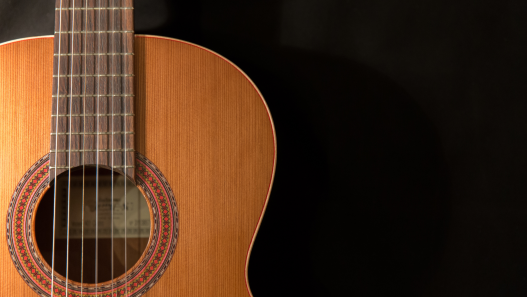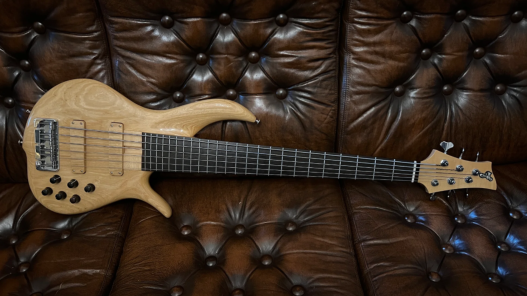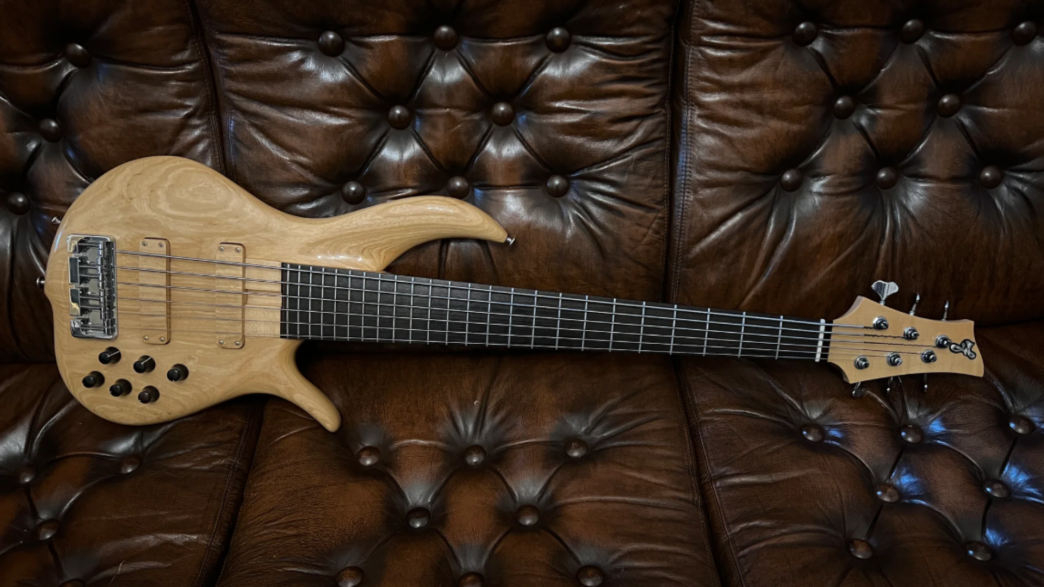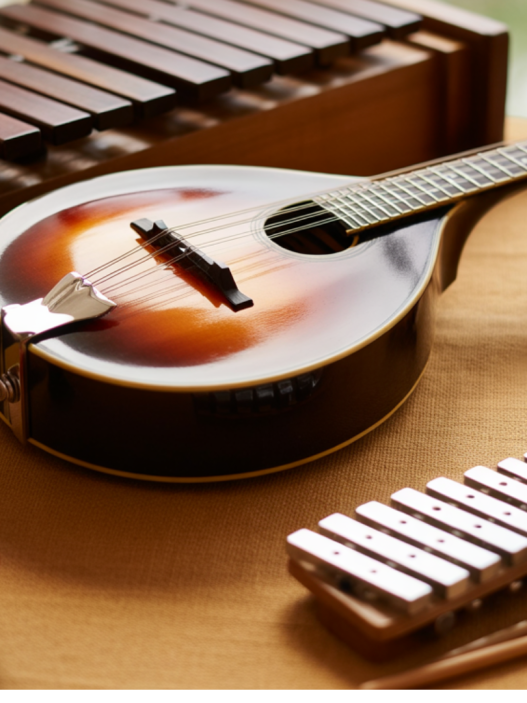New to the 6-string bass? With that feeling of looking down at those six strings and thinking, “what have I gotten myself into?”. Well, don’t worry, it happens to everyone.
The truth is, this isn’t as hard as it looks. Those extra strings aren’t there to confuse you – they’re there to give you more options.
The secret? The 6-string bass follows logical patterns. Once you grasp the basic layout, everything clicks into place without memorizing endless charts.
This guide will walk you through it all, just like a friend sitting next to you during a jam session. Ready to make sense of that fretboard?
What are the 6 Notes on a 6-String Bass Guitar?
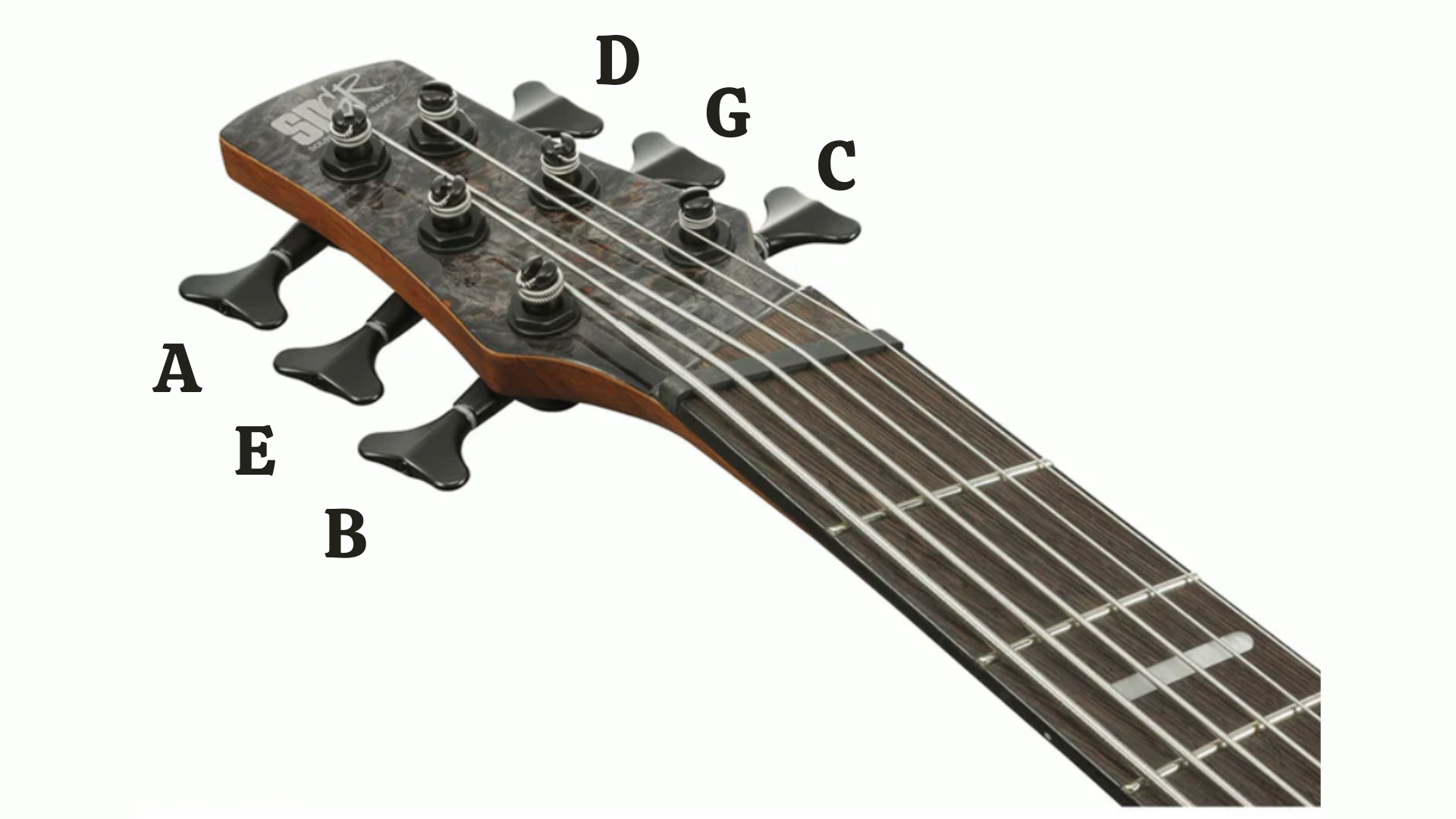
Let’s start with the basics. The standard tuning for a 6-string bass goes like this:
- Low B (bottom string)
- E
- A
- D
- G
- High C (top string)
Think of it this way: the low B gives you those deep, floor-shaking notes that can rattle windows. The high C lets you reach those higher melodies without having to stretch your hand up the neck.
Coming from a 4-string bass (E-A-D-G)? The 6-string simply adds one string below and one above your comfort zone. If you’ve played a 5-string, you’ve already mastered that low B – now you’re just adding the high C to complete your range.
How does the Tuning work?
The beauty of bass tuning lies in its consistency. Each string is tuned in what musicians call a “perfect fourth” from the next one. What’s a perfect fourth? It’s the distance between notes that are 5 half-steps (or 5 frets) apart.
To hear a perfect fourth, play the first notes of “Here Comes the Bride” – that jump from the first note to the second is a perfect fourth. On your bass, you can hear it by playing any open string and then the 5th fret of the string below it.
This consistent spacing creates a powerful advantage: when you learn a finger pattern in one position, you can slide it anywhere on the neck, and it still works. Move it up or down, the shape stays the same.
This uniform layout helps your brain map the fretboard more easily. It helps your eyes spot patterns across strings. And it trains your fingers to develop reliable muscle memory no matter where you’re playing on the neck.
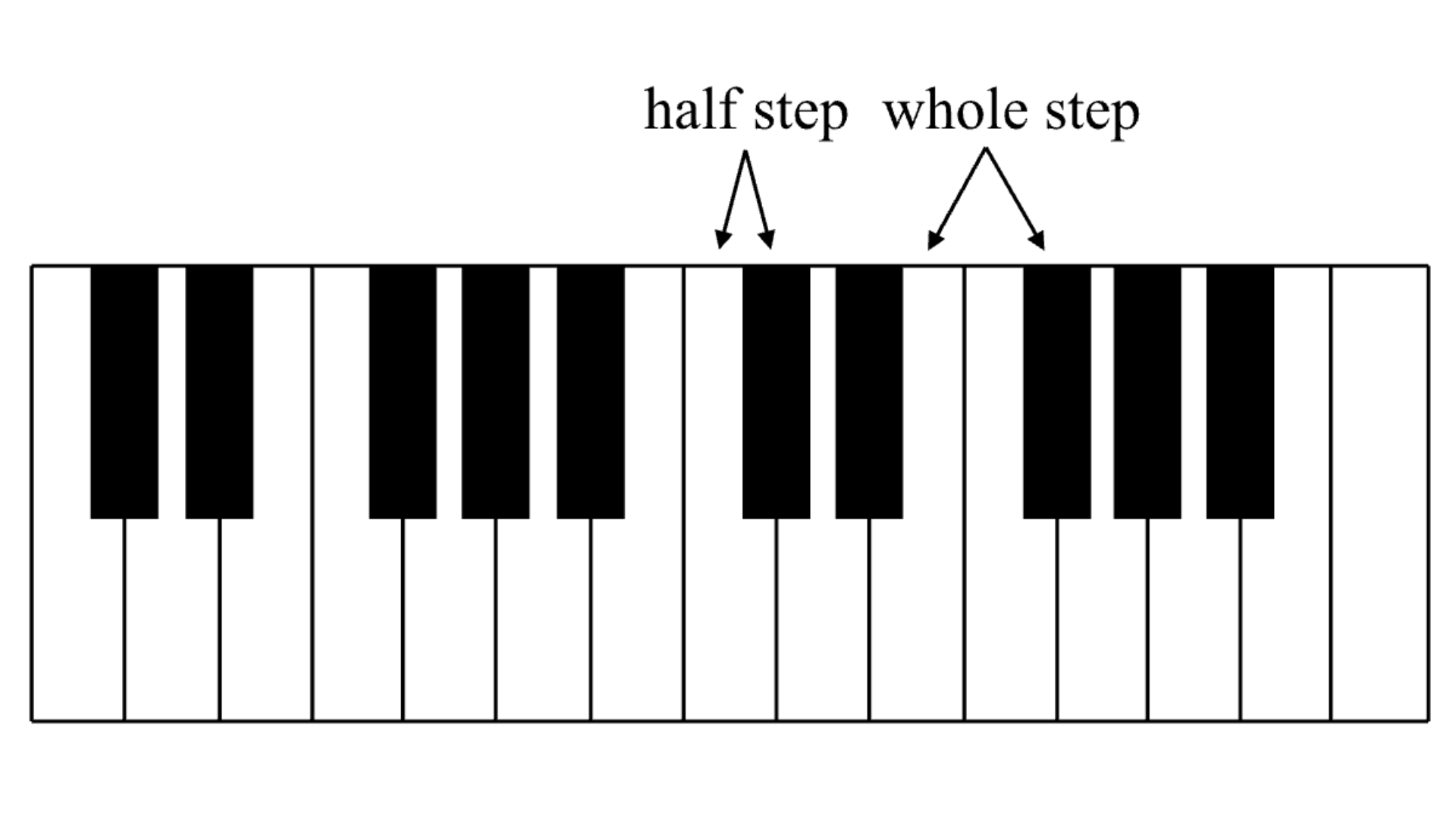
Notes Across All Instruments: The Musical Alphabet
Let’s break down the building blocks of music. In Western music (the kind you hear on the radio), there are only 12 unique notes in total. That’s it! These 12 notes make up the entire musical alphabet:
The 7 “natural” notes are the ones without sharps (#) or flats (b): A, B, C, D, E, F, and G. Think of them like the white keys on a piano.
The 5 “accidentals” are the notes with sharps or flats: A#/Bb, C#/Db, D#/Eb, F#/Gb, and G#/Ab. These are like the black keys on a piano.
| Natural Notes | Sharp / Flat Equivalents |
|---|---|
| A | A♯ / B♭ |
| B | — |
| C | C♯ / D♭ |
| D | D♯ / E♭ |
| E | — |
| F | F♯ / G♭ |
| G | G♯ / A♭ |
Notice something important: there’s no sharp between E and F, and no sharp between B and C. This means E to F is just one fret apart, and B to C is just one fret apart.
All other natural notes are two frets apart. This pattern is crucial and works on every string instrument, not just bass.
On your fretboard, each fret represents one half-step (or semitone). After you go through all 12 notes (12 frets), the pattern repeats at a higher pitch, which we call an octave. The 12th fret of any string is the same note as the open string, just one octave higher.
Fretboard Logic: How Notes Work on the Bass Neck
Each fret on your bass = 1 half step (or semitone). Moving up 2 frets = a whole step.
The notes on each string follow the musical alphabet in order. Let’s look at the B string as an example:
- Open string = B
- 1st fret = C (remember, no B# between B and C)
- 2nd fret = C#
- 3rd fret = D
- And so on
This same pattern works on every string. Once you know the starting note of the string, you can count up fret by fret.
Want to see these patterns in action? Check out our video tutorial “Learn Your Fretboard Bass Guitar Notes Fast! (4 Easy Steps)” on YouTube by Posido Vega – Online Bass Lessons & Jazz Theory
Seeing how these notes connect across the entire fretboard can make learning much faster than just reading about it. The video shows you exactly how to find any note instantly using the simple patterns we’ve discussed.
Seeing the Notes: A Fretboard Map
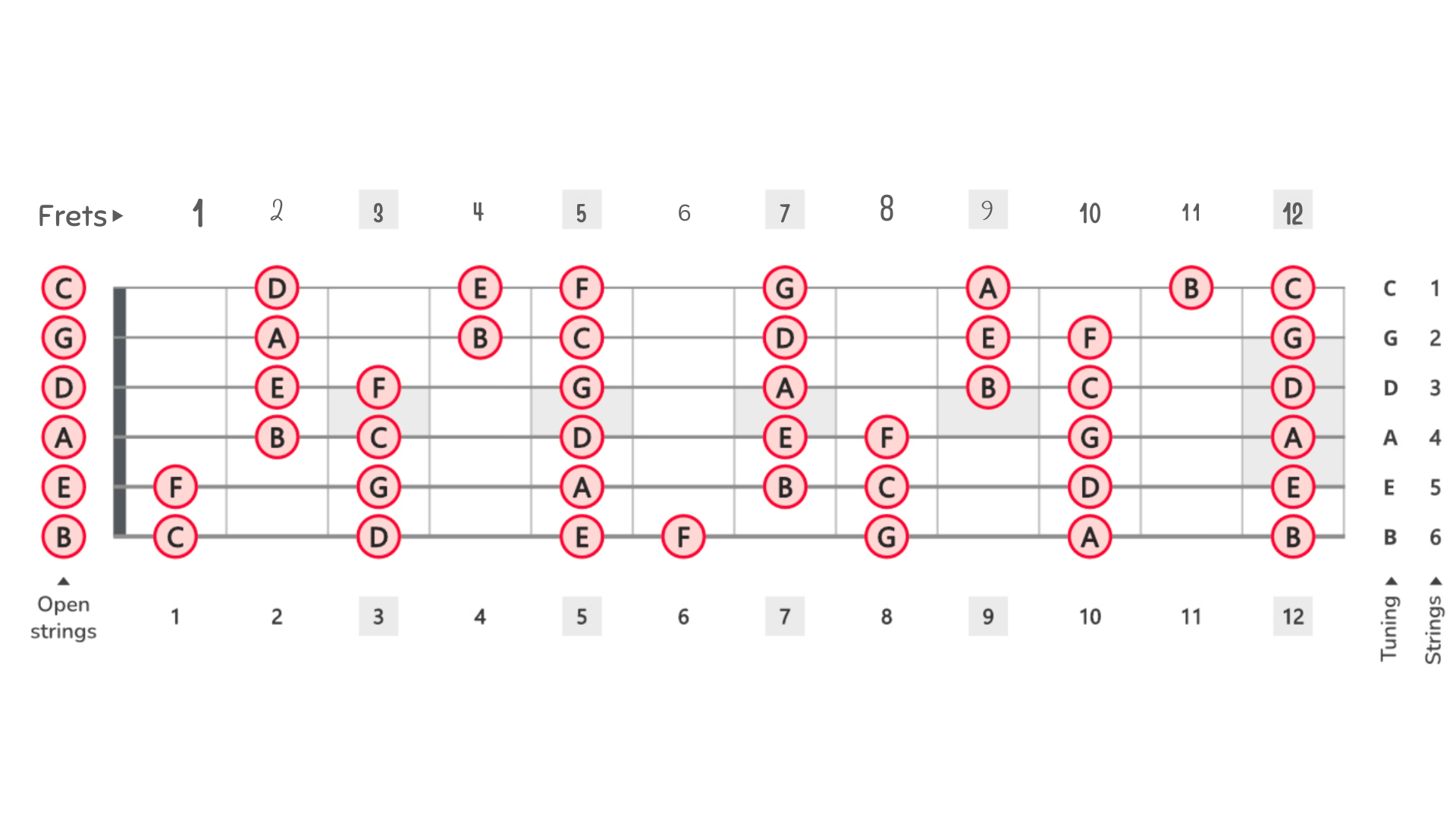
A fretboard chart is super helpful when learning notes. You might find 12-fret charts or 24-fret charts online.
Some charts show natural notes plus sharps. Others show natural notes plus flats. Either way works, depending on what music you play.
Many charts use colors to help you see which notes are which. For example, natural notes might be in black while accidentals (sharps/flats) might be in blue.
How to Learn and Remember the Notes ?
Learning the notes on a 6-string bass doesn’t have to be overwhelming. With the right approach, you can gradually build your knowledge in a way that sticks. Let’s break it down into manageable steps.
Start One String at a Time
Begin with just the open strings (B-E-A-D-G-C). Then learn the natural notes on one string. Use the rules we talked about:
- B to C = 1 fret
- E to F = 1 fret
- All other natural notes = 2 frets apart
Use Octave Patterns
There are quick ways to find the same note in different spots:
- Go two strings up and two frets over = same note, one octave higher
- Go up five frets = same note on the next string up
For example, an A on the E string (5th fret) is also found on the D string (7th fret).
Speak It Out Loud
When you practice, say the note names as you play them. This helps your brain connect the notes to their spots on the neck. It also helps you remember them when playing with others.
Using the Notes in Real Playing
Knowing your fretboard isn’t just music theory – it’s practical power. Here’s how knowing your notes transforms your playing:
- Finding Chord Tones: When the guitarist calls out “We’re playing in G,” you can instantly find G (your root), B (major third), and D (fifth) anywhere on the neck.
- Communicating with Band Members: If you know where every F is on your fretboard, you can immediately choose the one that sounds best – the low F on your A string (8th fret) gives a different feel than the F on your E string (1st fret).
- Creating Walking Bass Lines: When moving from something like a G7 to a C7 chord, you can plan your path through the notes G-A-B-C, using different strings for variety, rather than sliding awkwardly up a single string.
- Reading Music Charts: When faced with a chord chart at a gig, knowing the notes means you can instantly spot where to play regardless of key changes. If the song suddenly shifts from A to Db (a tough change), you’ll know exactly where to move your hand without hesitation.
This knowledge is especially valuable when playing with jazz, fusion, or session musicians, where quick thinking and adaptability separate the pros from the amateurs.
Why It’s Important to Know Your Notes
Learning notes isn’t just about memorizing – it’s about freedom on your instrument. When you know the notes, you can:
- Change keys easily: Shift to any key without having to relearn your parts completely
- Make up solos on the fly: Create improvised lines with confidence in any musical situation
- Find helpful patterns quickly: Spot musical relationships across the fretboard without guesswork
- Feel more sure of yourself when playing: Eliminate hesitation that comes from not knowing where the notes are
This knowledge is key for recording, writing music, and understanding music theory.
Before you go, check out our other guide on instruments and chords.
Striking the Final Chord
Mastering your 6 string bass notes opens up a world of musical possibilities that changes how you approach the instrument.
The experience of feeling overwhelmed by those extra strings to confidently going through the entire fretboard is one of the most rewarding experiences for any bassist.
With consistent practice using the patterns and techniques outlined in this guide, you’ll develop the muscle memory and theoretical understanding needed to excel.
Remember, every professional bassist started where you are now. Practice regularly, take it one string at a time, and you’ll find those six strings aren’t obstacles but your gateway to creative expression and musical freedom.
What’s your biggest challenge with learning the 6-string bass? Share your experience in the comments below!






